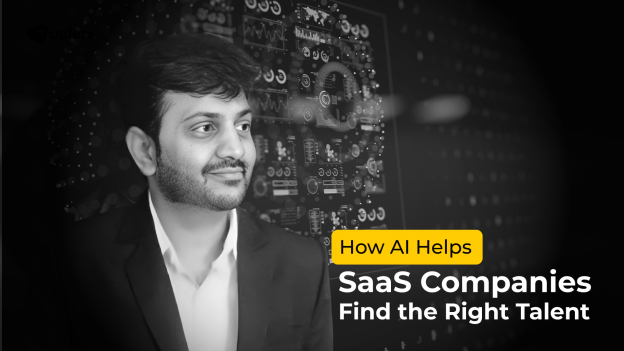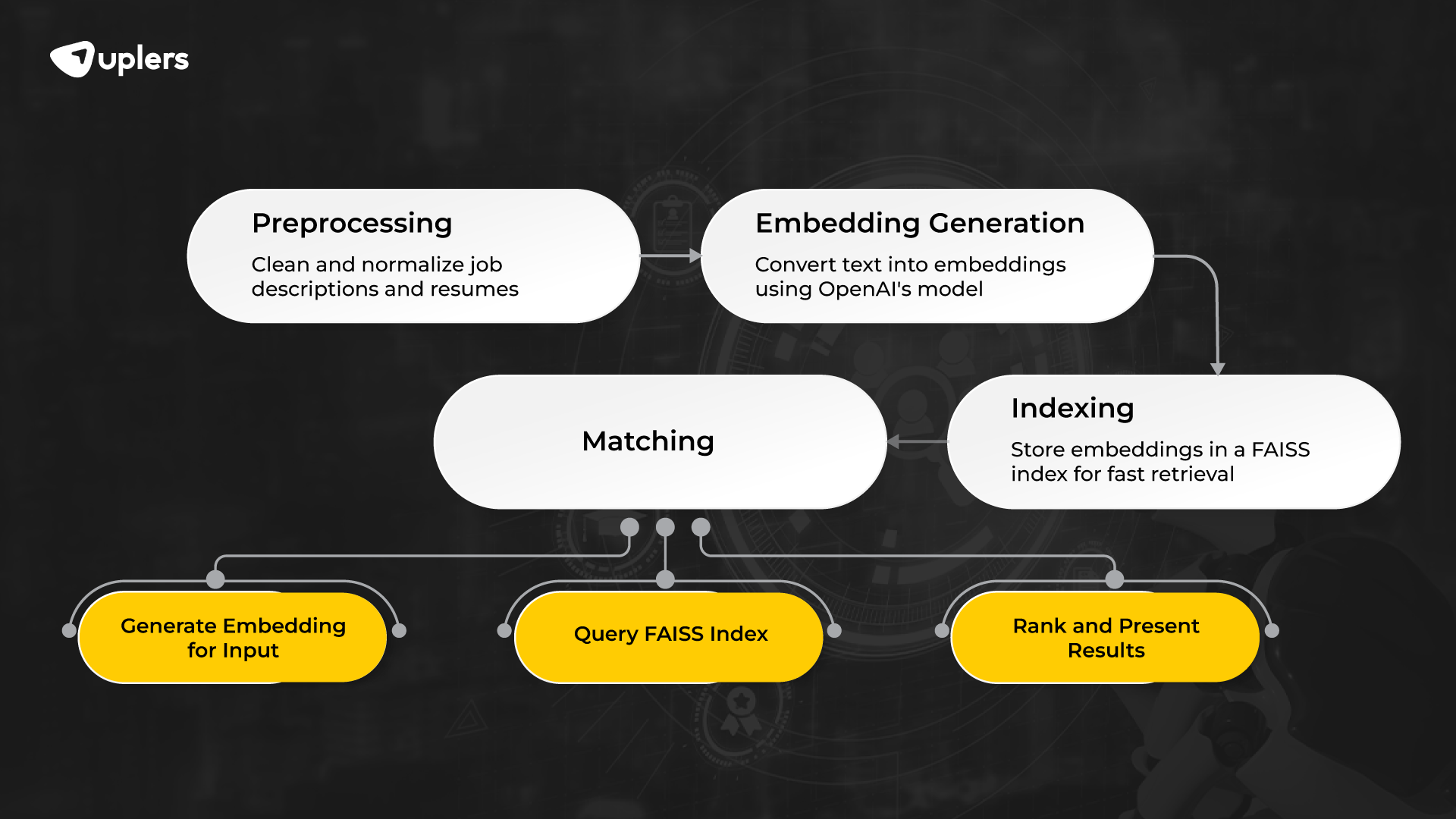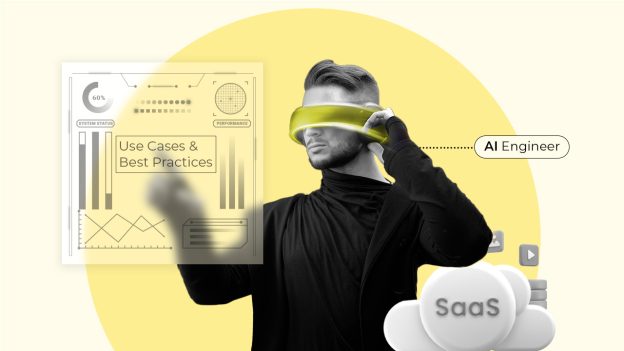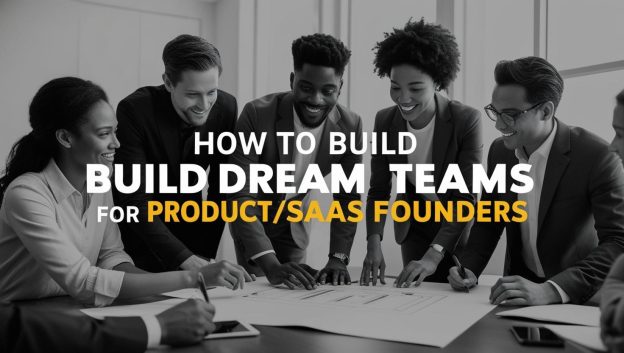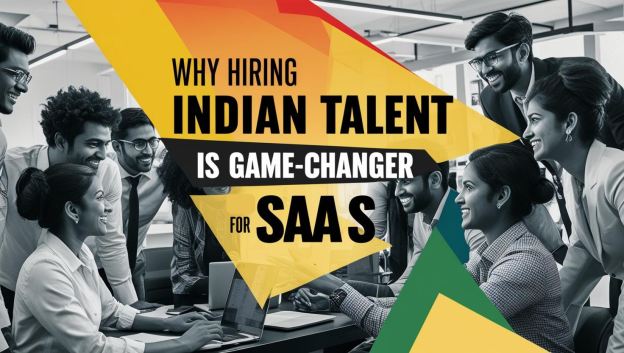Hiring in a SaaS startup isn’t just about filling seats—it’s about finding people who will drive your mission and scale your product effectively. In my recent conversation with Edward Morgan, an engineering leader with two decades of experience, revealed some insights about simplifying the process, cutting through unnecessary complexity, and focusing on what matters most.
Here’s how SaaS founders and hiring managers can rethink their approach to hiring and build engineering teams that thrive.
Why Are Startups Struggling to Hire Top SaaS Talent?
Hiring in a Fortune 500 company is like navigating a large ship—it’s slow but forgiving. Hiring in a SaaS startup is more like steering a speedboat: one wrong move can capsize your entire operation.
Edward highlights this stark difference: “In startups, every hire has a magnified impact. A single bad hire can set you back months—or worse.” SaaS companies, in particular, often face high stakes when building foundational teams, as their success hinges on speed, collaboration, and innovation.
The Gordian Knot Approach to Hiring
Edward began with an analogy that resonated deeply. He explained the inspiration behind the name of his company, Gordian Knot, referencing the ancient legend of Alexander the Great.
“There was a complex knot that no one could untie. The legend said that whoever solved it would rule Asia. Instead of trying to untangle it traditionally, Alexander cut straight through it,” Edward shared.
This story underscores Edward’s approach to hiring: cutting through unnecessary complexity to focus on what truly matters. For example, he challenged traditional hiring methods like endless rounds of interviews, pointing out that research shows four rounds are sufficient for gathering relevant insights.
My Takeaway: Streamline your hiring process. Focus on meaningful evaluations rather than convoluted procedures.
Holistic Hiring: The Art and Science
Hiring isn’t just about technical prowess. Edward emphasized, “We often over-index on technical skills but forget that soft skills can make or break team dynamics.” In a small team, every individual’s behavior and mindset directly impact performance. Traits like adaptability, empathy, and communication are just as critical as coding expertise.
My Takeaway: Assess candidates for both technical and soft skills to build balanced and cohesive teams.
Structured Interviews Are Game-Changers
“Relying on intuition doesn’t cut it,” Edward said, recalling a time when a seemingly perfect hire turned out to be a misfit. He advocates for structured interviews, where every candidate is asked the same questions in the same order.
Why? Structured interviews are up to three times more effective than casual conversations. They reduce bias and provide objective data for decision-making.
Takeaway: Create a consistent interview framework and evaluate candidates against predefined criteria.
Is Your Testing Aligned with SaaS Job Requirements?
SaaS companies often rely on generic algorithm tests that fail to measure real-world performance. Edward calls this a missed opportunity. “Instead of focusing on abstract problem-solving, test for skills that reflect actual SaaS workflows,” he said.
For instance, backend engineers could be asked to integrate APIs and optimize data flow between microservices—common tasks in SaaS platforms.
Takeaway: Replace traditional coding challenges with realistic, SaaS-relevant assessments that test candidates on scenarios they’ll face in the role.
How Do You Build SaaS Teams That Collaborate Without Clashing?
Edward underscored the importance of hiring team players who combine confidence with humility. “Arrogant hires often fail to adapt, especially in fast-changing SaaS startups,” he said.
SaaS teams benefit from individuals who are:
- Empathetic and collaborative.
- Comfortable with rapid iterations.
- Open to feedback and learning from mistakes.
Pro Tip: During interviews, look for candidates who display a growth mindset and curiosity about SaaS-specific challenges like customer retention and subscription scalability.
Is Your Employer Brand Attracting the Right SaaS Talent?
“Don’t just hire the best—hire the best for you,” Edward emphasized. In the competitive SaaS market, employer branding is crucial. Candidates aren’t just looking for jobs; they’re looking for missions that resonate with them.
SaaS companies, in particular, can attract top talent by showcasing their:
- Unique product mission (e.g., solving real-world customer pain points).
- Flexible work environment tailored for innovation.
- Commitment to continuous learning and growth.
Quick Win: Write job descriptions that highlight SaaS-specific opportunities, like scaling cloud-based systems or building customer-facing features that impact thousands of users.
Can Hiring Globally Help Your SaaS Company Scale Faster?
Edward acknowledged the immense value of hiring engineers from India and other global talent hubs. However, he emphasized the need for cultural sensitivity and effective communication strategies. “Success lies in building fully remote, cohesive teams rather than fragmented ones,” he said.
Takeaway: Foster cross-cultural understanding and invest in communication training to bridge gaps in remote teams.
Final Thoughts: What’s the Secret to SaaS Hiring Success?
Edward’s story about Alexander and the Gordian Knot encapsulates the essence of his hiring philosophy: simplify, focus, and prioritize. As he aptly put it, “Every role is unique. The goal isn’t just to fill a position but to find someone who elevates the team and the mission.”
From structured interviews to realistic assessments and thoughtful employer branding, the strategies outlined here can transform your hiring practices and set your team up for long-term success.

